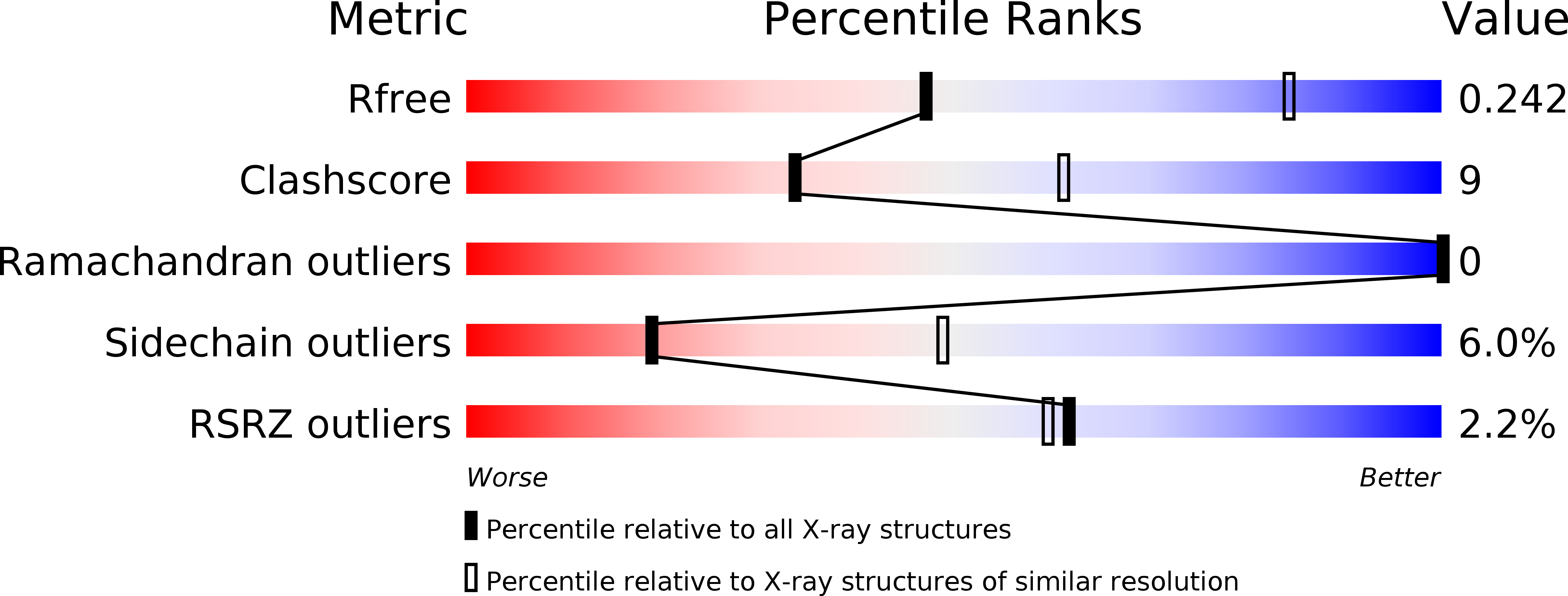
Deposition Date
2010-05-26
Release Date
2010-10-13
Last Version Date
2023-12-20
Entry Detail
PDB ID:
2XFL
Keywords:
Title:
Induced-fit and allosteric effects upon polyene binding revealed by crystal structures of the Dynemicin thioesterase
Biological Source:
Source Organism:
MICROMONOSPORA CHERSINA (Taxon ID: 47854)
Host Organism:
Method Details:
Experimental Method:
Resolution:
2.90 Å
R-Value Free:
0.24
R-Value Work:
0.19
R-Value Observed:
0.19
Space Group:
P 1 21 1


